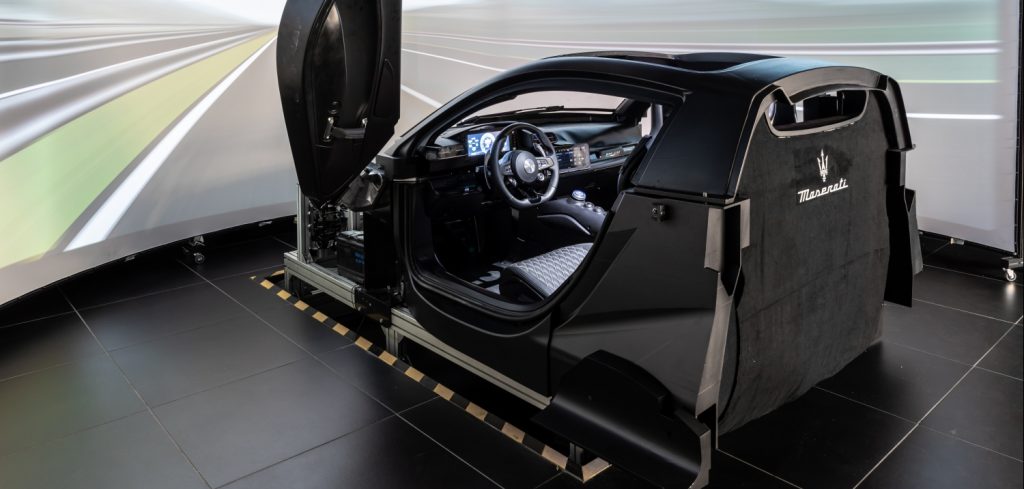Following the launch of its flaship MC20 last week, Maserati vehicle line executive Federico Landini provides insight into the car’s development.
When we began the development of the MC20, we had in mind what this car had to represent for Maserati. For Maserati, this car will represent a technological halo. The absolute state of the art, because in this project we used all the very latest materials, from carbon fiber in every conceivable variant to high-performance aluminum and magnesium alloys. For a historic automotive constructor like Maserati, this car will represent both the past and the future.
When choosing the car’s architecture, deciding whether it should be front or rear engine, we thought about what this car had to represent for Maserati. Since this car had to represent the summit of sports performance and technology, a mid-mounted rear engine was the only choice. This meant we had to develop a completely new mid-mounted rear engine, because you can’t adapt a front engine to a mid position; and we had to develop a dry sump engine, to lower its center of gravity and align it with the driveline of a rear engine. And, naturally, the Centro Stile department thanked us for this because it is the dream of all stylists, as of all engineers, to work on a car with these characteristics.
The whole of the MC20 was developed in the Innovation Lab (Maserati’s in-house development department), starting from the powertrain, meaning the engine and transmission, or the propulsion unit, integrated in the vehicle. We don’t develop a car in pieces; we develop a car that is a harmonic whole, a highly integrated system. This integration is even more possible inside the Innovation Lab, where we can use all the best predictive, innovative virtual tools, which we’ve created at our new Via Emilia site in the last few years.
It’s not a case of the work being easier or harder; it’s simply a different way of working. Using modern technologies, the simulator and virtual calculations, and always pushing ourselves to our limits, we can perform more interactions in a shorter time. So, for example, to make a comparison with the Levante (Maserati’s SUV), where the simulator was hardly used at all, or only minimally at the start of development, we can try, for example, three types of steering boxes, with a different steering ratio, on the simulator in 20 minutes.
The method we used on the Levante, which means going to the test track and changing the steering boxes, takes three days. So, that doesn’t mean we cut the time from three days to 20 minutes; it means that in three days we can test 50 steering boxes, so we get the best result chosen from a larger number of variations. On other occasions we may save time, or we may use the same time but with more interactions.


